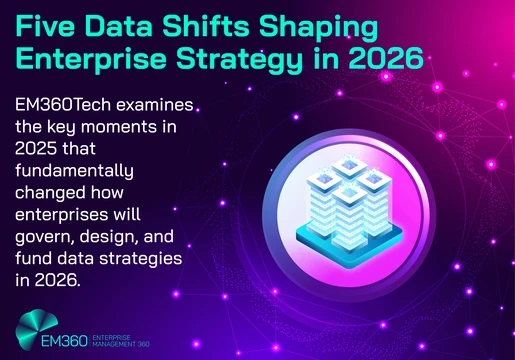In the wise words of Freddie Mercury: I want it all, and I want it now. That's the foundation for real-time analytics, but how has this come to be? What factors have built this on-demand culture? As a refresher, real-time analytics is very much what it says on the tin. In particular, real-time analytics delivers information immediately upon collection. In turn, organisations can track progress and explore activity in far more depth, while also being able to act quickly on their insights. Traditional batch analytic applications and periodic analytics reports are much less actionable in that they take longer to crunch. What's more, by the time you've finished deciphering the information delivered, the environment you're assessing may have already changed. However, what's so bad about a little bit of lag? Why are businesses increasingly seeking instantaneous visibility into their information?

Digital transformation equals demand
The demand boils down to the fact that the business landscape today is more competitive than ever. Naturally, competition has always been on an upwards incline as more businesses enter the scene, but widespread digital transformation has led to significant acceleration. Digital transformation itself has created numerous ways for businesses to meet and exceed customer expectations. To be honest, it has probably led to innovations that customers didn't even know they needed! However, one of the main observations of customer-facing businesses today is that they provide 24/7 personalised services and are always at the consumer's beck and call. Real-time analytics ties in nicely to one of the highest enterprise priorities of yesterday, today, and tomorrow: customer experience. More now than ever, customers rank experience as highly as product quality and price, if not more. Today, personalisation plays a huge part in customer experience, particularly to generate loyalty.
Real time for real results
By leveraging real-time analytics to continuously adjust, businesses can provide a personalised experience at all times. Personalisation lets customers feel valued, and in turn, customers are likelier to come back. Given that customer retention is profoundly rewarding in terms of revenue, it makes real-time analytics the perfect gateway for business success. Furthermore, in transaction-driven environments, real-time analytics enables a degree of damage control. More specifically, business can leverage it to act fast, minimising the impact of a fraudulent attack. In turn, organisations can keep their customers safer and minimise the risk of reputational damage. Real-time analytics keeps the customer's best interest at heart. In doing so, the business will benefit too. Thus, it's no wonder that real-time analytics is becoming increasingly ubiquitous. Real-time analytics is generally quite affordable too. However, the low cost of solutions is not the only financial perk; if it's boosting your business's performance, you can enjoy boosted revenue too.
Why not check out our Top 10 Customer Experience Analytics solutions?







Comments ( 0 )